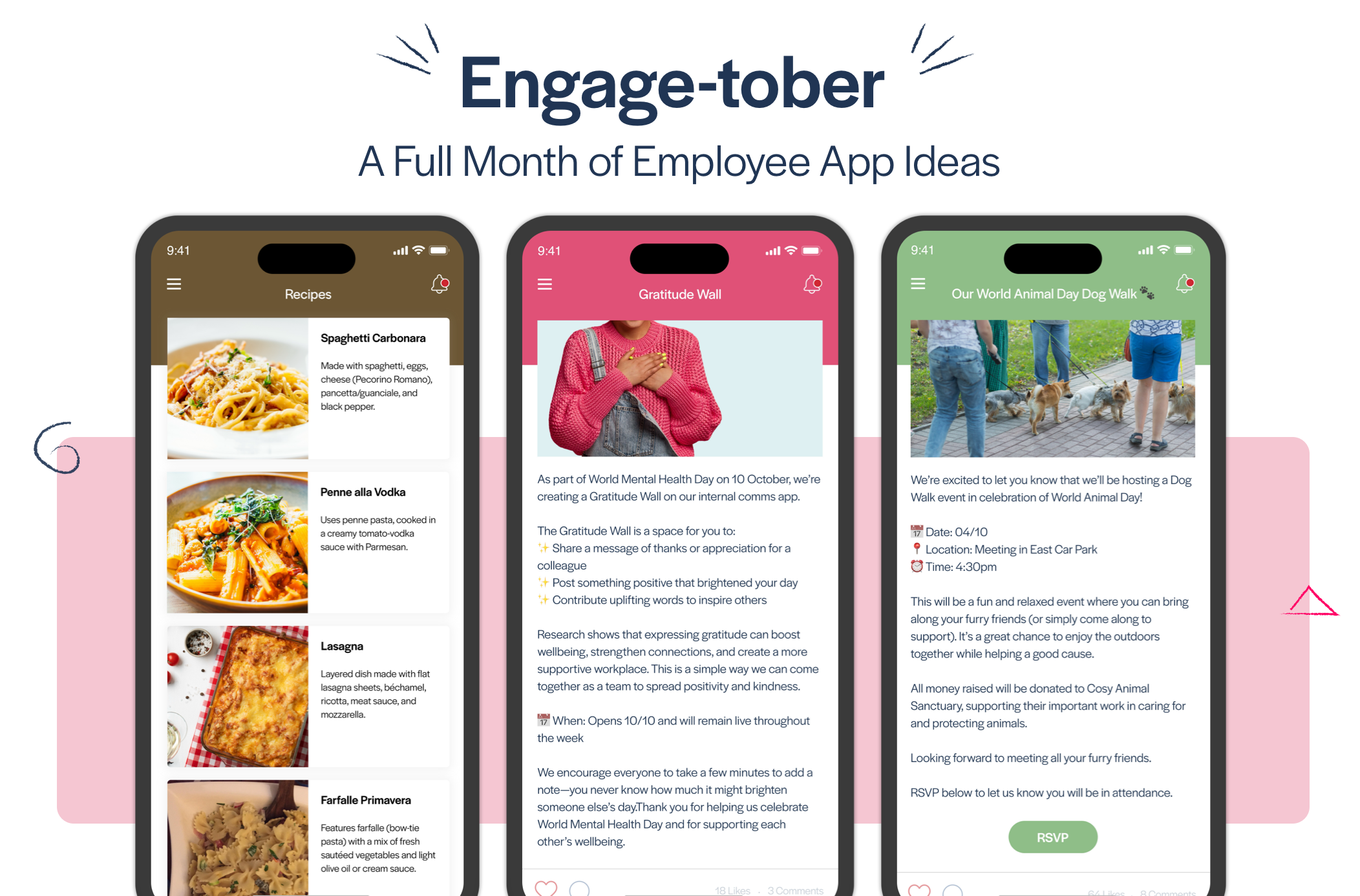
Blog
Effective Stress Reduction Strategies for Dispersed Teams
In today's fast-paced world, stress is an inevitable part of the workplace, especially for dispersed teams operating in industries like construction, manufacturing, and healthcare. In line with Stress Awareness Month (April 2025) I've written some effective strategies to reduce stress and improve wellbeing for your dispersed teams.

Understanding the Unique Stressors of Dispersed Teams
Dispersed teams face a unique set of challenges that can contribute to increased stress levels. These include feelings of isolation, communication barriers, and the difficulty of maintaining work-life balance when working away from head office or across multiple sites. In industries such as construction, manufacturing, and healthcare, where the pressure is high and the work is demanding, these stressors can significantly impact employee wellbeing.
Recognising these unique stressors is the first step towards addressing them. By understanding the specific challenges your teams face, you can tailor your support strategies to better meet their needs.

Leveraging Technology to Foster Connectivity and Support
Technology plays a crucial role in bridging the gap between dispersed teams. An effective employee communication platform can facilitate seamless interaction, ensuring that team members stay connected and informed. This can help mitigate feelings of isolation and enhance collaboration across different locations.
Regular virtual check-ins, team meetings, and instant messaging can keep lines of communication open, allowing for the timely exchange of information and support. Additionally, an employee engagement platform can be used as a central hub to share mental health resources and stress management tips, providing employees with the tools they need to cope with stress, right at their fingertips, on their mobile phones.
Implementing Flexible Work Schedules and Breaks
Flexibility is key to reducing stress in dispersed teams. Allowing employees to have flexible work schedules can help them manage their personal and professional responsibilities more effectively. This can be particularly beneficial in industries with demanding workloads and varying shift patterns, such as healthcare and manufacturing.
Encouraging regular breaks throughout the workday can also prevent burnout and improve productivity. Short breaks can provide employees with the opportunity to recharge, reducing overall stress levels and enhancing their wellbeing.

Promoting Mental Health Awareness and Resources
Promoting mental health awareness within your organisation is essential for creating a supportive work environment. Ensure that employees are aware of the mental health resources available to them, such as counselling services, stress management workshops, and wellness programmes.
Regularly communicate the importance of mental health and encourage employees to seek help when needed. Providing training for managers on how to recognise and address signs of stress can also help create a more supportive workplace culture.
Encouraging Team Building Activities and Social Interaction
Team building activities and social interaction are vital for fostering a sense of community among dispersed teams. Virtual team-building exercises, such as online games or collaborative projects, can help strengthen relationships and build trust among team members.
Encouraging social interaction outside of work-related tasks can also improve team morale and reduce stress. Virtual coffee breaks, employee app photo wall competitions, open forums, or informal chat sessions can provide employees with a platform to connect on a personal level, enhancing their overall work experience.

Supporting Wellbeing and Mindfulness
Supporting the overall wellbeing of your employees is crucial for reducing stress. Encouraging mindfulness practices, such as meditation or yoga, can help employees manage stress and improve their mental health.
Providing resources and training on mindfulness techniques can empower employees to take proactive steps towards their wellbeing. Additionally, promoting a healthy work-life balance and recognising the achievements of your team can contribute to a positive and supportive work environment.
Conclusion
Providing a supportive and mindful workplace is not just beneficial but essential. By prioritising the mental and physical health of your employees, you create an environment where they can thrive both personally and professionally. Implementing mindfulness practices and promoting a healthy work-life balance are key strategies in reducing stress and enhancing overall job satisfaction.
For Stress Awareness Month 2025, let us commit to these practices and continue to build a workplace culture that values wellbeing and resilience.
For more resources and information on how to support your team during Stress Awareness Month, visit Stress Management Society.









